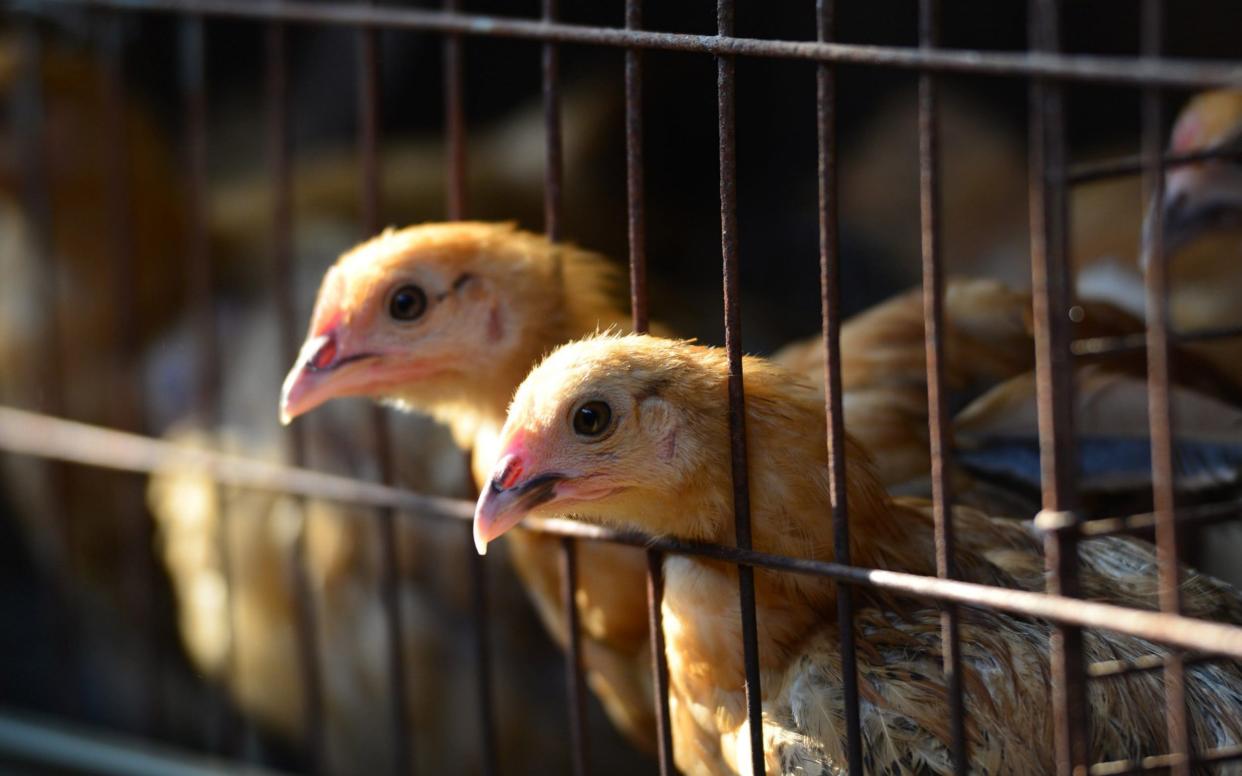China reports first human case of rare H10N3 bird flu strain

A 41-year-old man in China has been confirmed as the first human case of an infection with a rare strain of bird flu known as H10N3, in a “vivid reminder” of the continued threat of influenza.
Beijing’s National Health Commission (NHC) said on Tuesday that the man, who lives in the eastern province of Jiangsu, was hospitalised on April 28 and diagnosed with H10N3 on May 28.
Officials did not offer details about how the man became infected, but it is currently thought that the H10N3 strain does not spread easily between humans. There are many strains of bird flu circulating across China which sporadically infect people, usually those who work with poultry.
The 41-year-old man has now fully recovered from the infection and is ready to be discharged, the NHC said, adding contact tracing found no other cases.
“No human cases of H10N3 have been reported in the world,” the NHC said, according to the state media outlet, Global Times. “This case is an occasional poultry-to-human cross-species transmission, and the risk of a large-scale spread is extremely low.”
The commission added that H10N3 is low pathogenic, meaning that it does not cause severe disease in poultry and is unlikely to trigger a large-scale outbreak.
“The good news is that the H10N3 bird flu virus is an ‘H10’ virus or ‘low pathogenic subtype’, meaning that it causes few signs of disease in birds and that these viruses also very rarely cause serious disease in humans,” added Dr Nicole Robb an assistant professor at Warwick Medical School.
The World Health Organization told Reuters that, at the moment, there is “no indication of human-to-human transmission”. But a spokesperson added that the case is a “vivid reminder” of the potential threat of new flu strains.
“As long as avian influenza viruses circulate in poultry sporadic infection of avian influenza in humans is not surprising, which is a vivid reminder that the threat of an influenza pandemic is persistent,” they said.
The last significant outbreak of bird flu in humans was in 2016-2017, when the H7N9 strain killed roughly 300 people.
But there is currently an outbreak of the H5N8 variant in birds, which has caused hundreds of thousands of poultry to be culled across European countries.
In February, Russia reported the first case of human transmission of that strain in seven workers in a poultry farm.
Protect yourself and your family by learning more about Global Health Security

